-
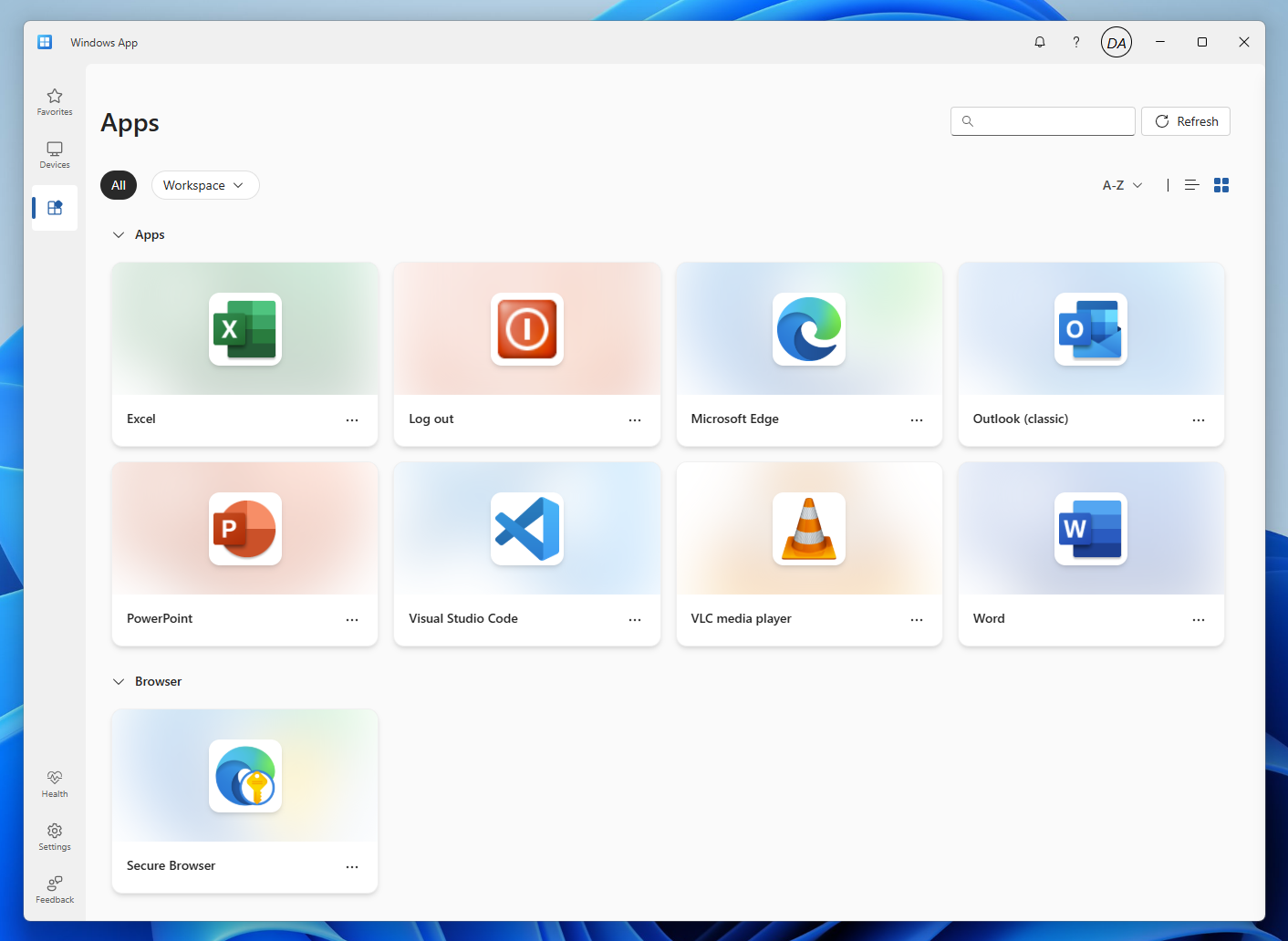
Windows 365 Frontline Shared: How to Customize Cloud Apps
Windows 365 Cloud Apps let you publish individual apps without delivering a full Cloud PC. In this guide, you’ll learn how to customize Cloud Apps with custom icons and add extra Start Menu apps for publishing, using Intune scripts and Device Preparation Policy.
-
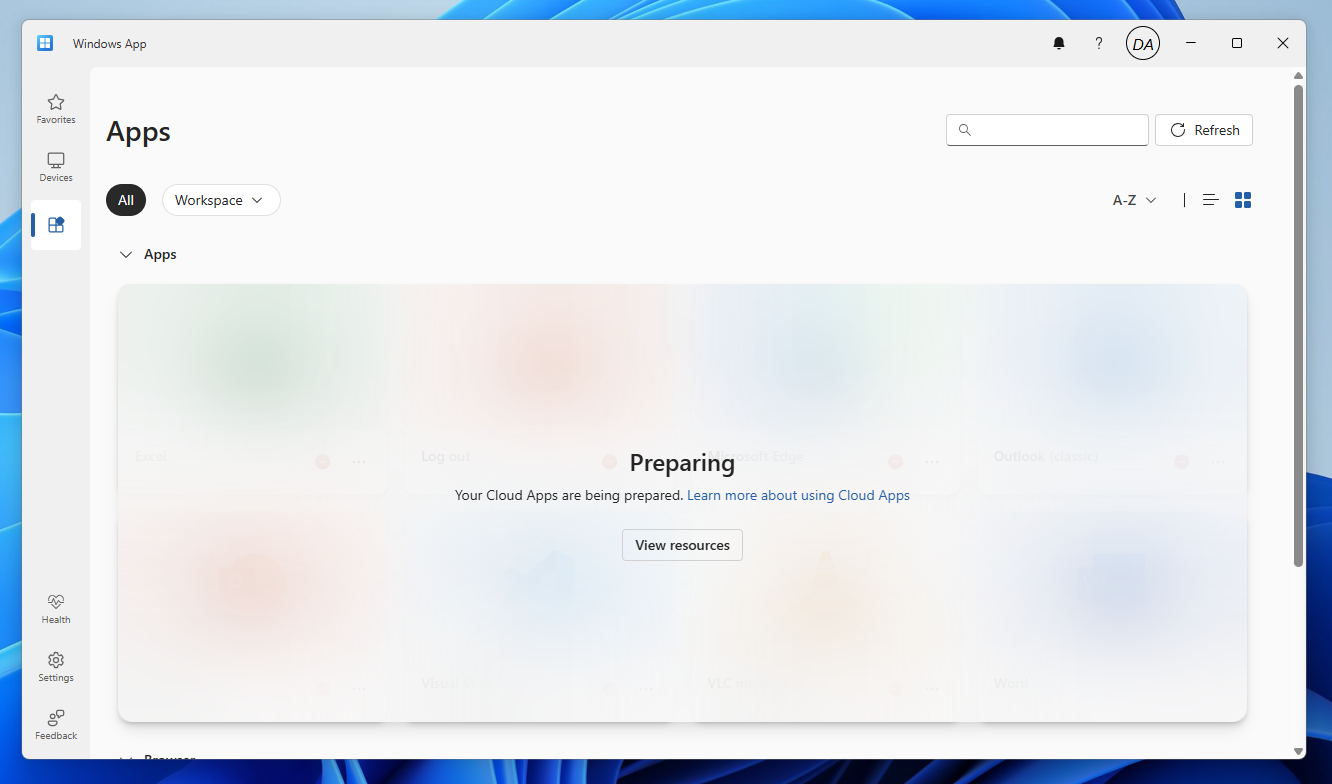
Windows 365 Frontline Shared: How to Use Device Preparation Policy for Cloud PC Deployments (Preview)
Learn how to use the Windows Autopilot Device Preparation Policy with Windows 365, especially Frontline in Shared Mode, to ensure every Cloud PC is fully configured before users sign in. This guide walks through requirements, setup steps, policy assignment, and how to monitor deployment and user experience during reprovisioning.
-

Windows 365 Frontline Shared: How to Hide the Single Sign-On Consent Prompt
Windows 365 Frontline Shared Mode assigns users to a different Cloud PC each session, which makes removing unnecessary login prompts critical. In this article, you’ll learn how to hide the Single Sign-On consent prompt by configuring Entra ID Single Sign‑On, dynamic device groups, and Microsoft Graph PowerShell.
-

Protected: Windows 365 Frontline Shared: The Future of Secure Browsing
There is no excerpt because this is a protected post.
-

How to Use Dev Box Image with Windows 365
Microsoft will integrate Dev Box capabilities into Windows 365, ending new Dev Box projects on November 1, 2025. Developers can create managed images from Dev Box, import them into Windows 365, and deploy Cloud PCs with essential tools. This transition ensures a consistent coding environment while adapting workflows to the changes.
-
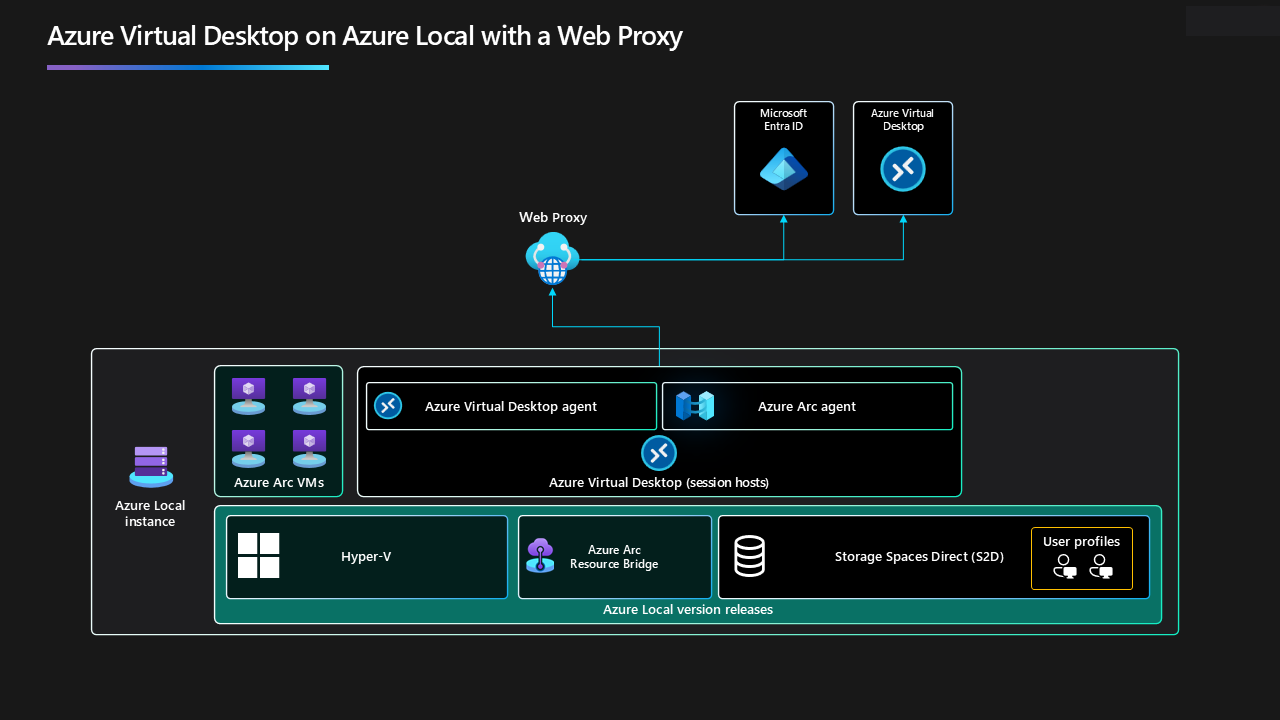
Enabling AVD on Azure Local VMs with Web Proxy via PowerShell
For environments using a mandatory web proxy, enabling Azure Virtual Desktop (AVD) on Azure Local VMs involves two methods: deploying with an Azure ARM template or configuring the proxy before AVD agent installation. The Install-AVD-Agent.ps1 script automates agent installation and registration, simplifying the process and ensuring error management during deployment.
-
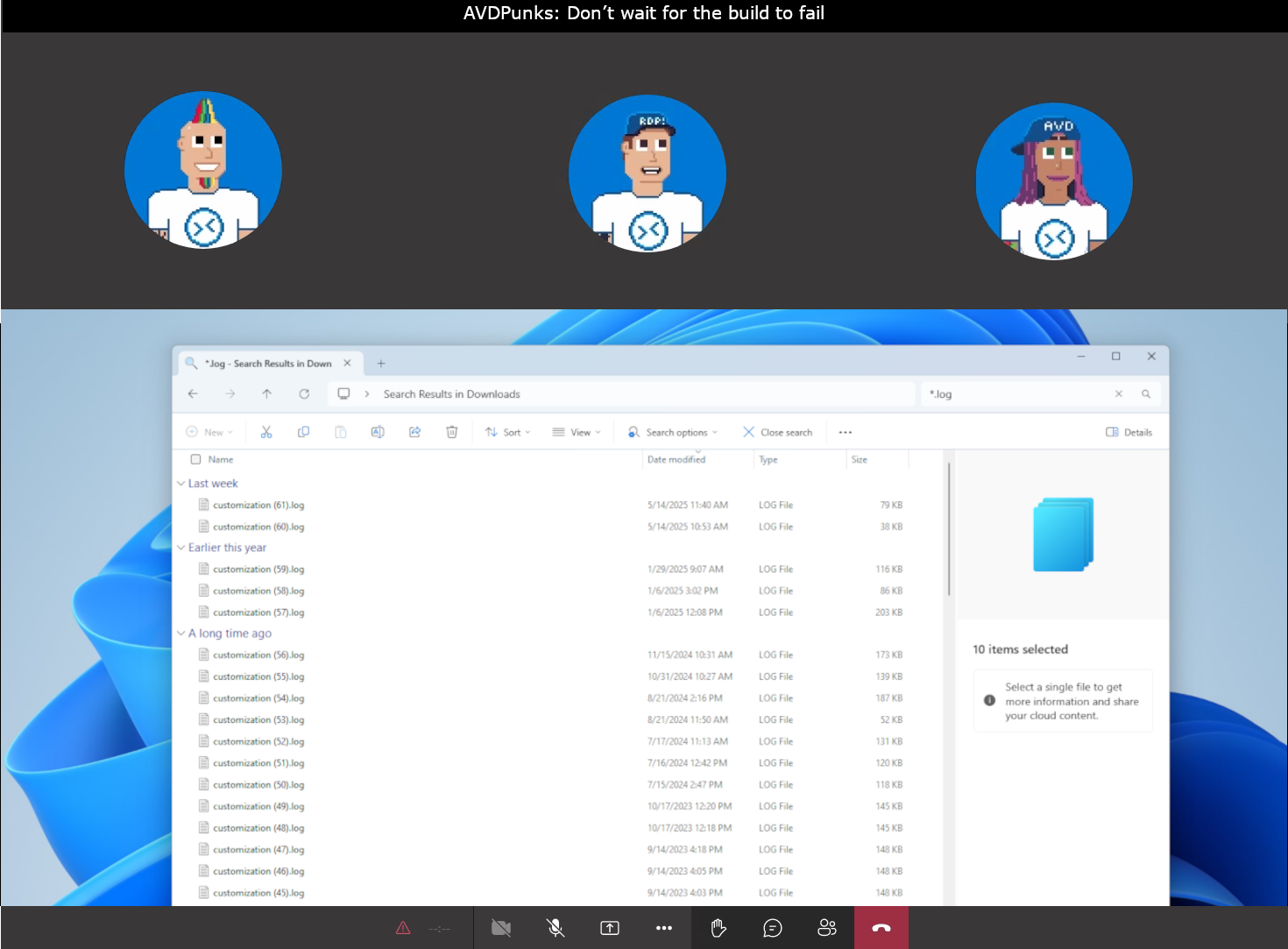
Don’t wait for the build to fail: How to check Azure Image Builder live log
The Azure Image Builder process now supports live log streaming via Azure Container Instances, eliminating the need for manual log downloads. This enhancement allows users to monitor image build progress in real time, identify errors early, and validate script execution. Access logs directly in the Azure Portal for immediate visibility.
-

No SAS, No Stress: Access Blob Scripts in AVD Image Templates using Managed Identity
The article discusses the challenges of using time-limited tokens in Azure Virtual Desktop (AVD) custom image templates. It suggests using managed identities for blob access instead of Shared Access Signatures (SAS) to avoid token expiration issues. It also provides prerequisites and step-by-step instructions for configuring permissions and creating custom image templates with blob scripts.
-

Azure Virtual Desktop (#AVD) x Windows 365 (#W365) x Windows Insider Program
To join the Windows Insider Program and get early access to new Windows features, open Settings on your Windows 11 device, navigate to Windows Updates, and select the Windows Insider Program. Activate diagnostic data, link your Microsoft account, and choose between Canary, Dev, Beta, or Release Preview channels. Download and install the chosen build by…
-

Windows 365 Custom USB and device redirection
This article provides a guide to enhance remote session experiences with Windows 365 using RemoteFX USB settings, which allow users to redirect various devices like printers and specialty equipment. It outlines configuration steps for Cloud PC and local Windows PC to enable device redirection, including advanced settings like disabling plug-and-play restrictions. RemoteFX USB redirection compliments…
-

Next-Level AVD Insights: Leveraging Azure Monitor Agent’s Advanced Capabilities
The blog post details the transition from Azure Log Analytics agents to the Azure Monitor Agent (AMA) for monitoring Azure Virtual Desktop (AVD) environments. It includes the steps for enabling and configuring AVD Insights using AMA via the Azure Portal and PowerShell. The post emphasizes the necessity of migrating to AMA by August 31, 2024,…
-

Remote Desktop client for Windows – Quick Start Guide
The post introduces a Quick Start Guide for the Remote Desktop client for Windows, offering visual summaries of options and features on two one-pagers. It encourages users to download, use, and provide feedback on the guide, with links to further resources provided.
-
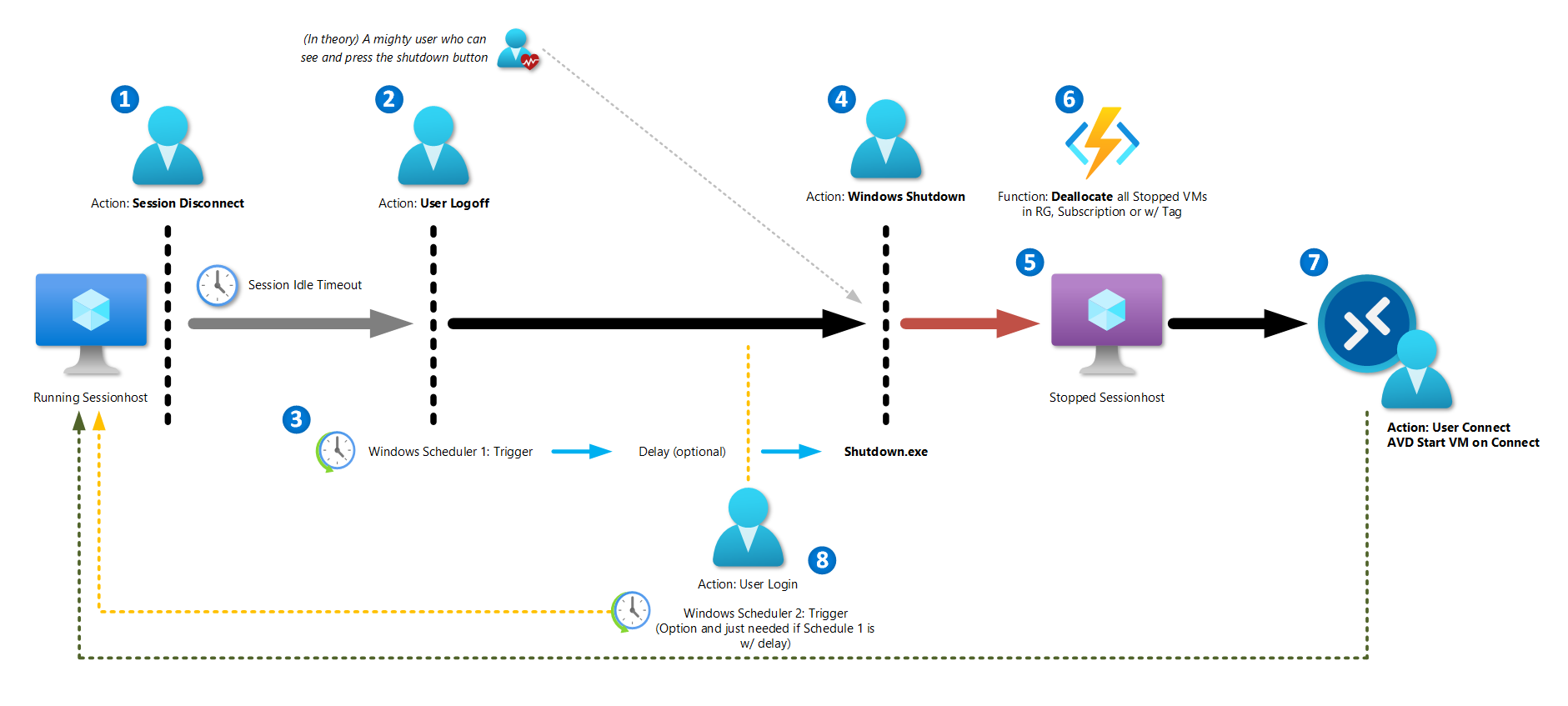
Azure Virtual Desktop x Shutdown and deallocate Session host at logoff
The article outlines methods to reduce costs associated with Azure Virtual Desktop (AVD) by automatically deallocating unused personal VMs. Key components include Windows Task Scheduler, Azure Functions, and RDP Timeouts, implemented via Intune, GPO, or registry keys. It emphasizes optimizing session host usage, enhancing efficiency, and minimizing expenses.
-

How to support Microsoft 365 apps on multi-session OS from 2026
Support for Microsoft 365 Apps on Windows Server 2019 ends in October 2025, and on Windows Server 2022 in October 2026. To continue using a multisession OS for virtual desktops, migrating to Windows 11 multisession OS by 2026 is required. Alternatives include native Azure Virtual Desktop, Azure Stack HCI + AVD, or Citrix Cloud on…
-

Azure Virtual Desktop (AVD) x What is RTT
This text provides a detailed guide on Round-Trip-Time (RTT) in network communication, primarily focusing on Azure Virtual Desktop (AVD). It explains RTT concepts, ways to find optimal Azure regions for reduced RTT, and the impact of high RTT on user experience. It also covers the troubleshooting and optimization of RTT, including the use of new…
